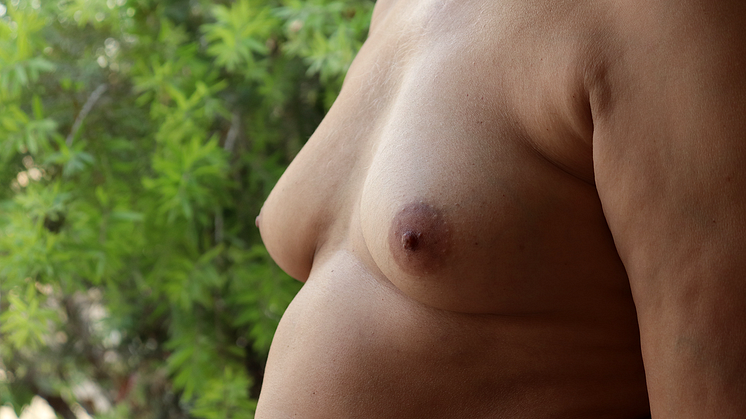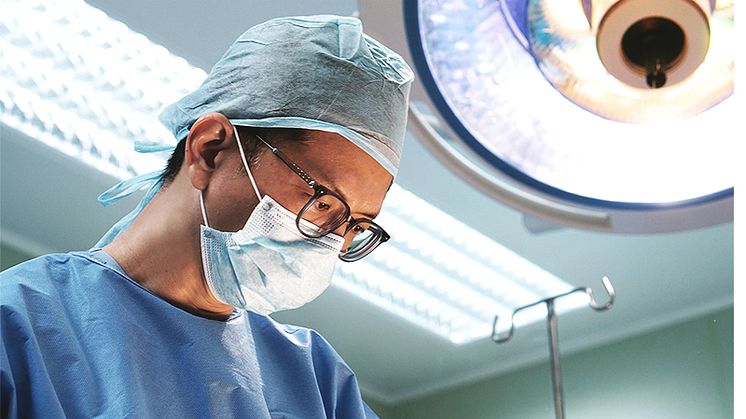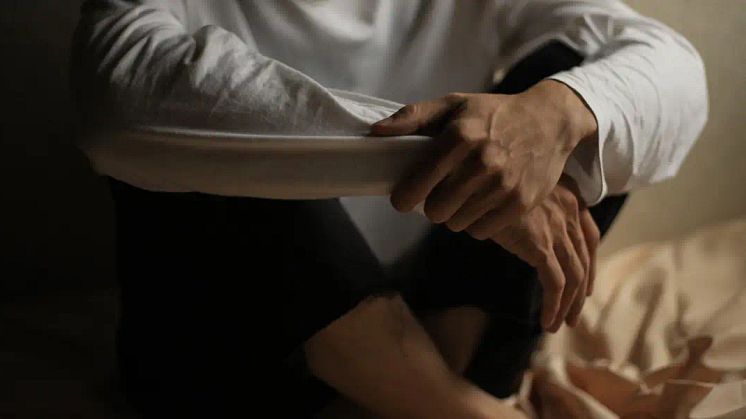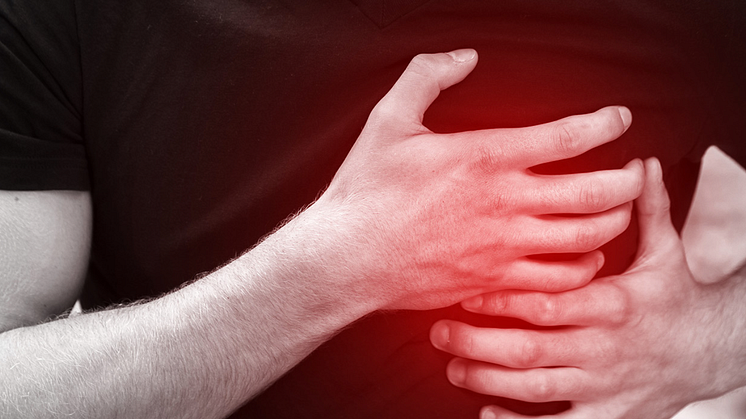
Blog post -
How Gynecomastia Affects Men’s Chest Shape
Men’s body shapes have changed over the years – perhaps due to the type of exercise undertaken (no more riding out to battle on your steed!) to the level of mobility (far less hunting and gathering), along with the food eaten, and possibly even hormone levels (man boobs). All of these can impact how a man looks physically, and also his confidence.

When it comes to thinking about what is considered the ‘ideal’ body in modern society, the discussion typically focuses on the female body image. Yet it’s an issue men face too. Dr Ivan Puah of Amaris B. Clinic shares his thoughts on what can affect men’s body shapes – and some solutions.
GYNECOMASTIA CAN MAKE YOU LOOK FEMININE UNINTENTIONALLY
While it’s clear that society still places far more pressure on women than men when it comes to conforming to a particular physical image dictated by society, this doesn’t mean there’s no pressure on men. Issues of concern can include hair loss, excess body fat, problems with weight and one of men’s most dreaded physical issues, a feminine-looking chest, also medically known as gynecomastia. This common breast disorder in men is characterised by the enlargement of male breast tissues. It affects 60 to 70% of the male population, from young to old.
Gynecomastia causes physical discomfort such as breast tenderness, swelling and changes in the chest shape and appearance. It can also impact a man’s overall physique, regardless of how fit they look in other areas of their body.
Did you know that bodybuilders who abuse anabolic steroids can develop gynecomastia? They may have defined deltoids, biceps, triceps, trapezius and abdominal muscles but if they suffer from gynecomastia, their chest may look like a pair of feminine-looking breasts instead. That’s perhaps why one of the nicknames gynecomastia has earned itself is “man boobs”!
IT AFFECTS MORE THAN YOUR PHYSICAL APPEARANCE
Gynecomastia can cause emotional distress and embarrassment, particularly in social situations where you have to remove your shirt – at a beach party, for example, or by the pool.
“Patients who consult me for gynecomastia generally are very distressed, and they have low self-esteem due to their ‘feminine-looking breasts’,” says Dr Puah. “They often have difficulty finding clothes that fit and are wary of wearing light-coloured or fitting T-shirts.”
Gynecomastia is not just an aesthetic issue. It’s a medical issue that needs to be treated, as its effect on men can be extensive – mentally, physically and emotionally.

HOW DO MEN GET GYNECOMASTIA?
One of the most commonly known causes of gynecomastia is imbalances in hormone levels – this is where testosterone and oestrogen come into play.
Men have both testosterone and oestrogen hormones in their bodies. Testosterone, the primary male sex hormone, is vital for developing and maintaining male reproductive tissues and traits. Its important functions include promoting sexual development, sperm production, sex drive, muscle growth, red blood cell production and mood regulation. Oestrogen in the male’s body regulates bone density, cholesterol metabolism and cognitive function in men, among other functions.
When hormones are off-balance, it can lead to various issues such as sexual dysfunction, infertility, fatigue, muscle and bone loss, mood changes, sleep disturbances, increased body fat and the enlargement of the male breast tissue.
Gynecomastia develops when the testosterone level is much lower in relation to oestrogen levels. However, there are cases where higher-than-normal levels of testosterone cause the body to convert this excess male hormone into oestrogen through a process known as aromatisation. This oestrogen conversion stimulates the growth of breast tissues in males, thus leading to gynecomastia.
Apart from hormonal imbalance, various other factors also play a role in its development, including synthetic drug use like anabolic steroids, ageing, secondary hormonal causes, medical conditions such as tumours, testicular disorder, pituitary disorder, liver problems and so on.
IMPROVE BODY CONFIDENCE AND CHEST CONTOURS WITH GYNECOMASTIA SURGERY
The good news is that some gynecomastia can resolve by itself, particularly if it’s due to hormonal changes during puberty. However, if this medical condition persists or causes significant physical pain, soreness or emotional distress, gynecomastia surgery is the surgical solution to permanently remove the enlarged breast tissues.
Gynecomastia comes in different grades, from I to IV. The size of the glandular tissues, degree of skin laxity, and whether or not there are excess chest fat tissues will determine how the gynecomastia surgery is carried out. Therefore, gynecomastia surgery cannot be done in a cookie-cutter manner. It requires a tailored approach.
“The 360°GTD technique that I developed involves making conspicuous incisions (less than 4mm) at strategic points on the chest. This allows me to carry out a clean and complete glandular tissue dissection while minimising scarring. Using this method, surgical risks of haematoma are greatly reduced. Excess chest fat will be removed via liposuction. During the fat-removal process, I’ll also carry out chest sculpting and skin tightening simultaneously,” Dr Puah explains.
Post-surgery, there is no need to insert drainage tubes into the incision site. Eliminating this step reduces the chances of wound infection. Patients can expect a flattened and well-contoured chest. Another plus point to this approach is minimal downtime and fast recovery.
A FINAL WORD
Gynecomastia is treatable. There is no need to worry or suffer in silence if you have this medical condition. Set up a talk with Dr Ivan Puah to get his view on your situation. He’s the Medical Director of Amaris B. Clinic, a medical aesthetics, sculpting and fitness clinic in Singapore. T



